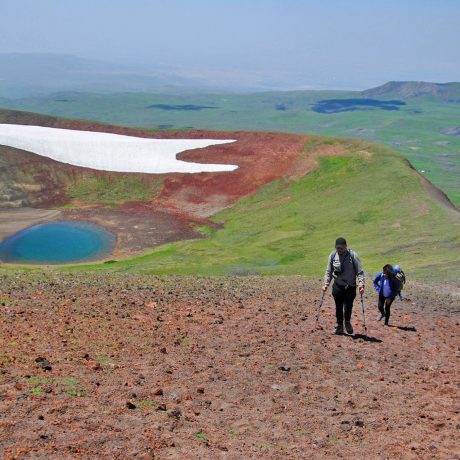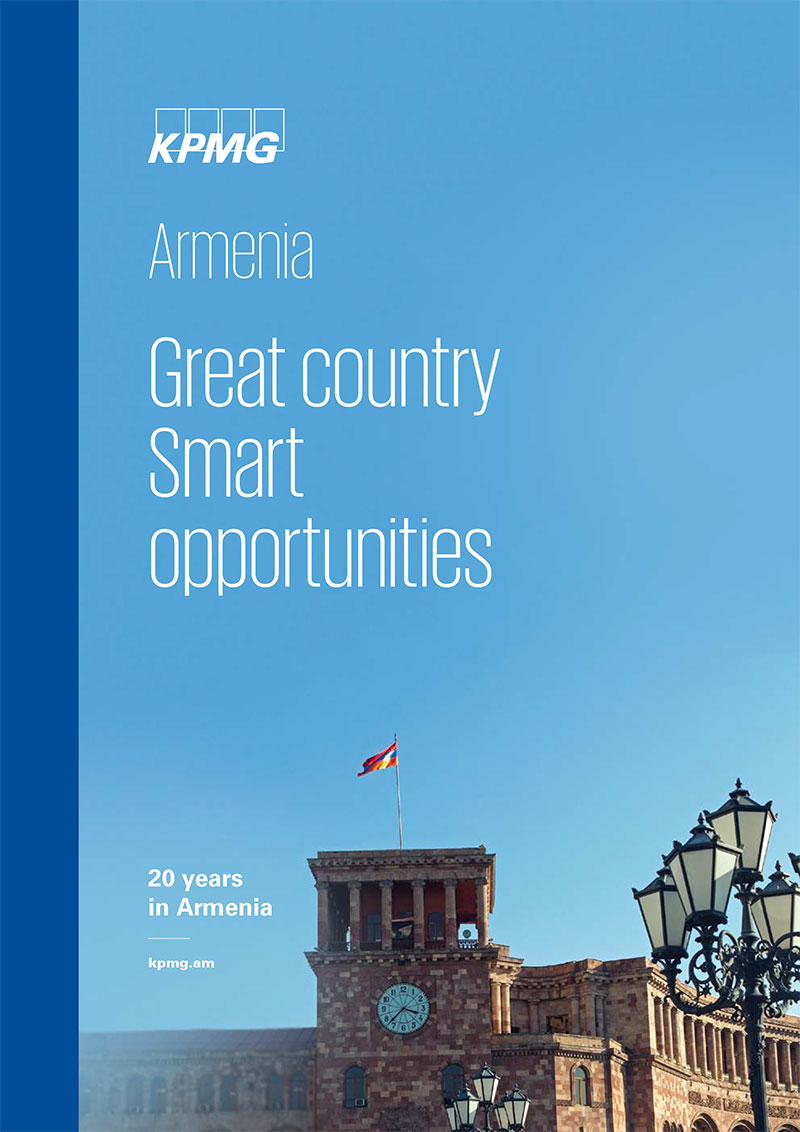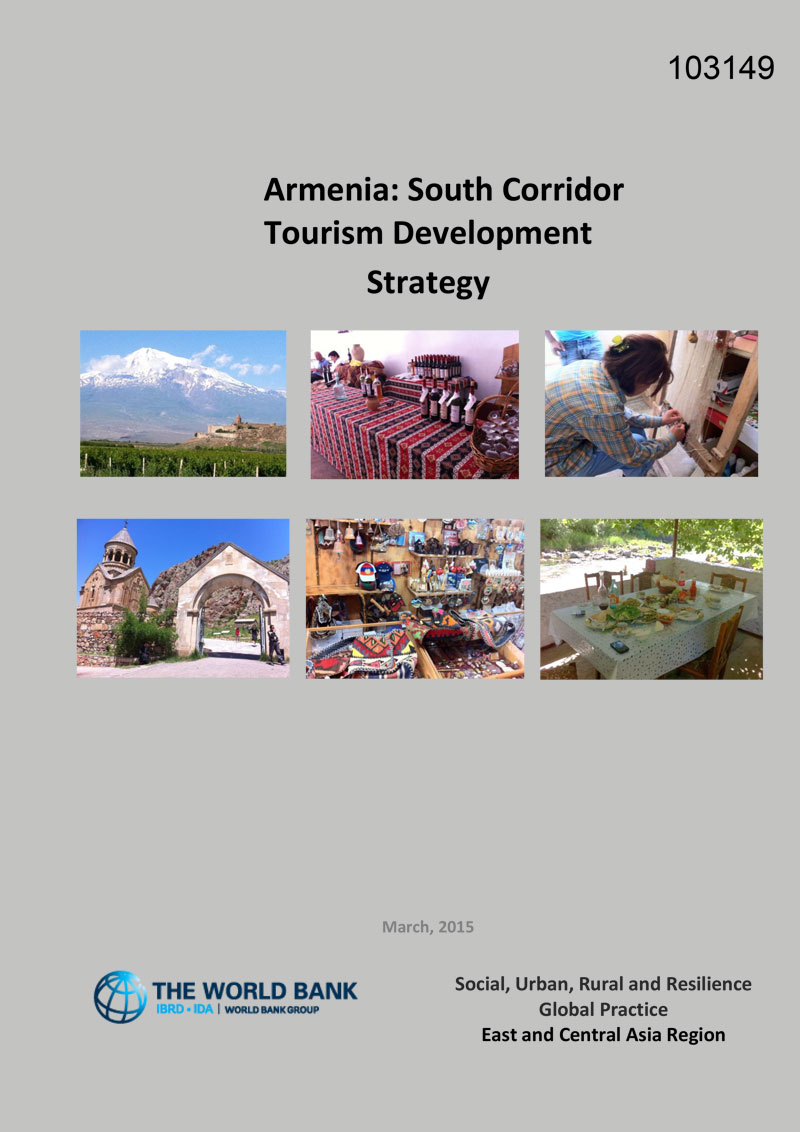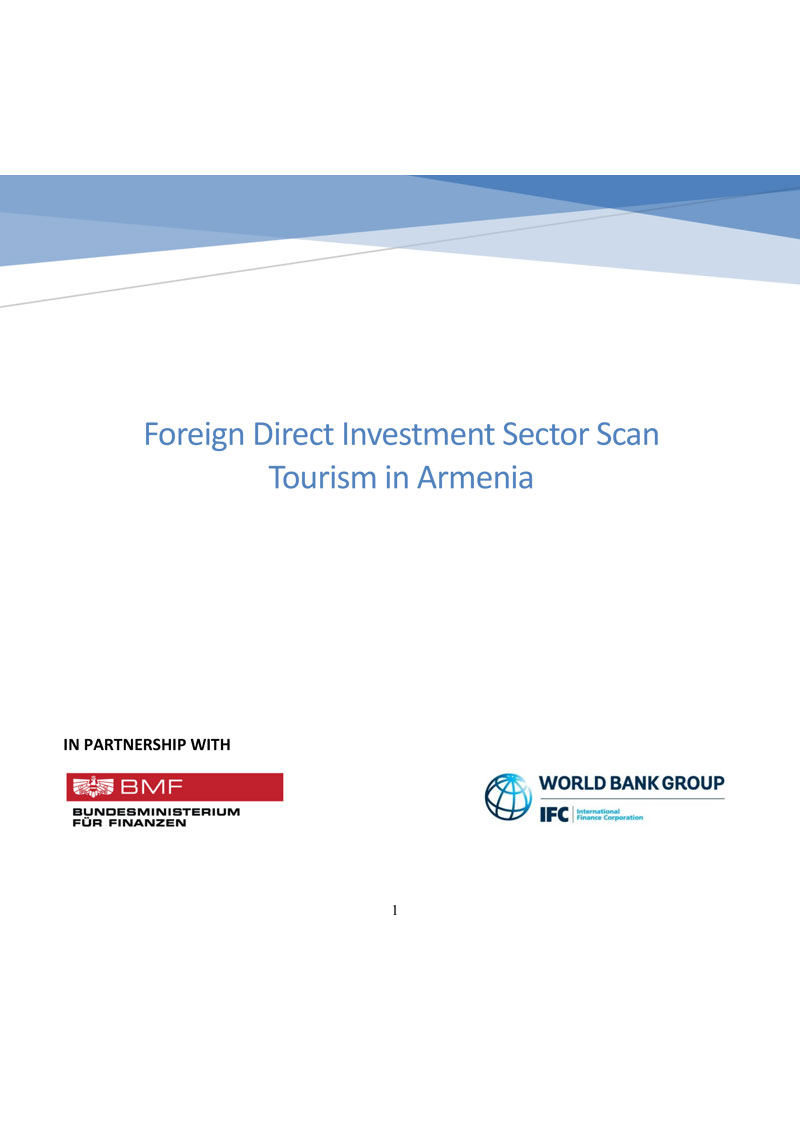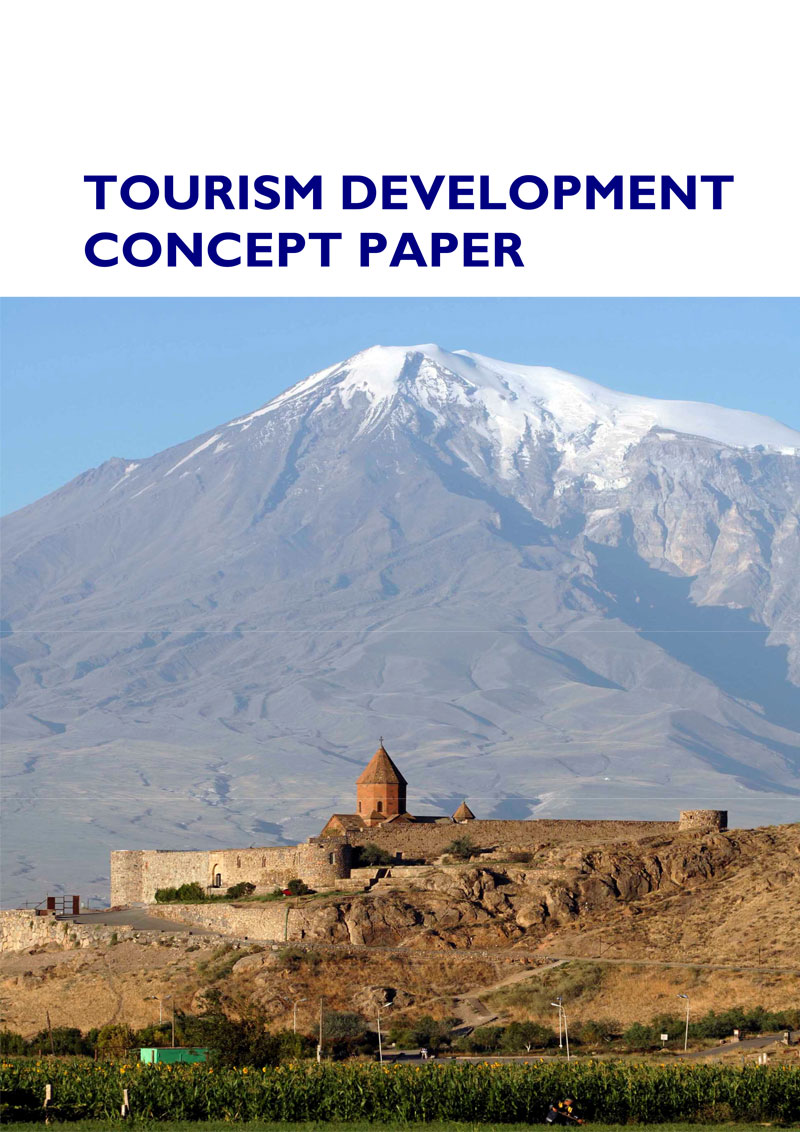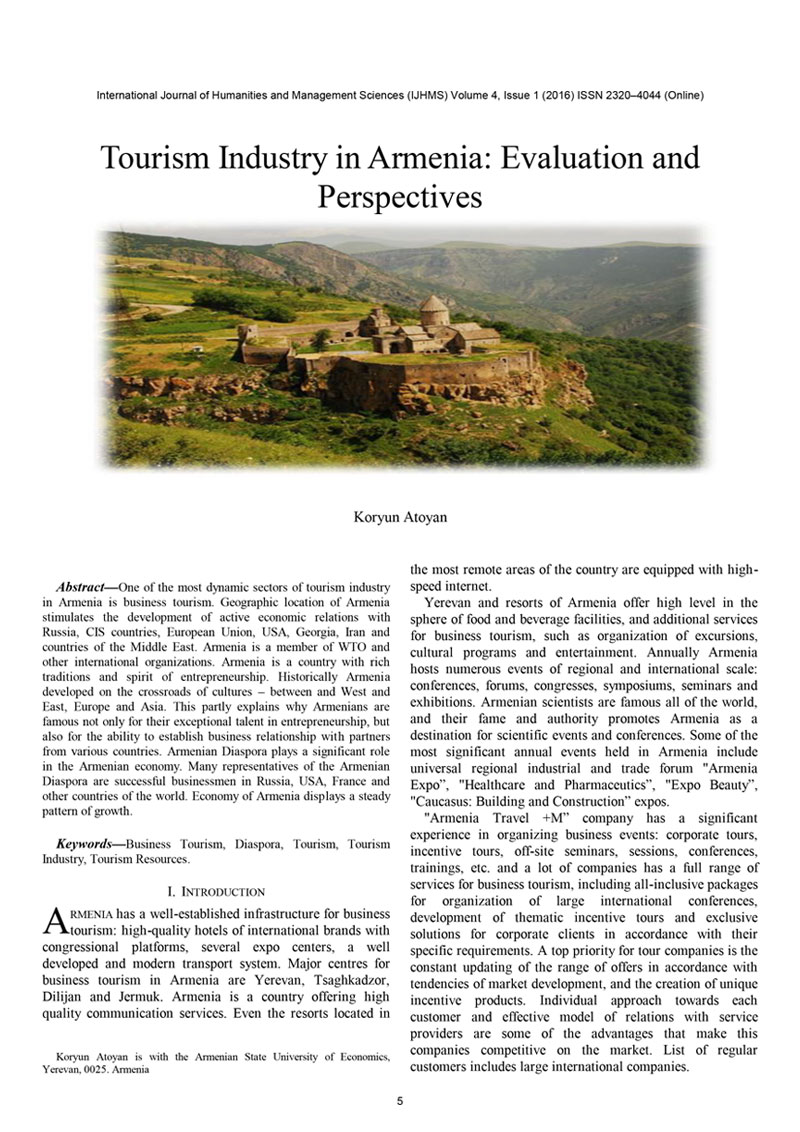Tourism has brought new opportunities and development possibilities to Armenia in recent years. Hundreds, if not thousands, of guesthouses, have opened around the country, offering tourists an authentic rural experience.
Eco tourists love Armenia for their inexpensive organic food and sustainable travel. The guesthouses in particular use freshly collected produce from their own farms.
Armenia is a destination for those inspired by the great outdoors and Caucasus nature. The mountain ranges, volcanic red colour of the rocks, endless valleys and unique gorges create a perfect target for those who long for Ecotourism and Caucasian adventures.
Good news for hikers and outdoor enthusiasts! The Transcaucasian Trail, emerged in 2019, is a great place to start your adventurous tour around Armenia.
And don't forget about the millennia-long history of winemaking. No tour in Armenia can go without a visit to the cradle of the country's winemaking - the village of Areni - or without one or two (or three) wine and brandy tasting sessions.
Learn about Armenia’s geographic characteristics
Armenia is a landlocked country located in the South Caucasus (Transcaucasia region) between the Black Sea and the Caspian Sea.
Borders:
- Georgia - to the north
- Turkey - to the west
- Iran - to the south
- Azerbaijan - to the east
Territory:
- 29,743 km2
- Mountainous terrain with an average altitude of 1,800 meters above sea level
- The highest peak - Mount Aragats, at 4,090 meters above sea level
- The lowest point - Debed River valley, with an elevation of 380 meters
- Region’s largest freshwater high-altitude lake - Lake Sevan.
Climate in Armenia
Armenia has a continental climate, which means that Armenian people experience all four seasons.
Summers in Armenia are usually long, sunny, and hot with an average temperature of 30°C, while winter is typically cold and harsh. Spring is the shortest and most unpredictable season in Armenia, with frequent rainfall. Fall is long as well, but mild.
Population of Armenia
Armenia is the second-most densely populated country among the post-soviet republics.
- The population of Armenia- 2.97 million people
- The largest city and capital, Yerevan - 1.075 million people
- The second-largest city, Gyumri - 150,000 people
- The third-largest city, Vanadzor - 100,000 people
Armenia also has a large diaspora of about 8 million people living in Russia, France, the U.S., Syria, Canada, and Lebanon, among other countries.
Armenia is an ethnically homogeneous country, which means that most people (98%) living in the country are Armenians. Armenian is the official language and is spoken as a first language by the majority of its population.
Minority languages:
- Kurmanji - the largest minority language of Armenia
- Assyrian
- Greek
- Russian
Other ethnicities:
- Yazidi
- Assyrian
- Greek
- Kurdish
- Jewish
- Ukrainian
- Russian
Armenia has been a Christian country since 301 AD. And did you know that it became the first country in the world to establish Christianity as the state religion? Although Christianity takes up 97% of the religious space in Armenia, other ethnicities, such as Muslim and pagan communities, have religious freedom.



